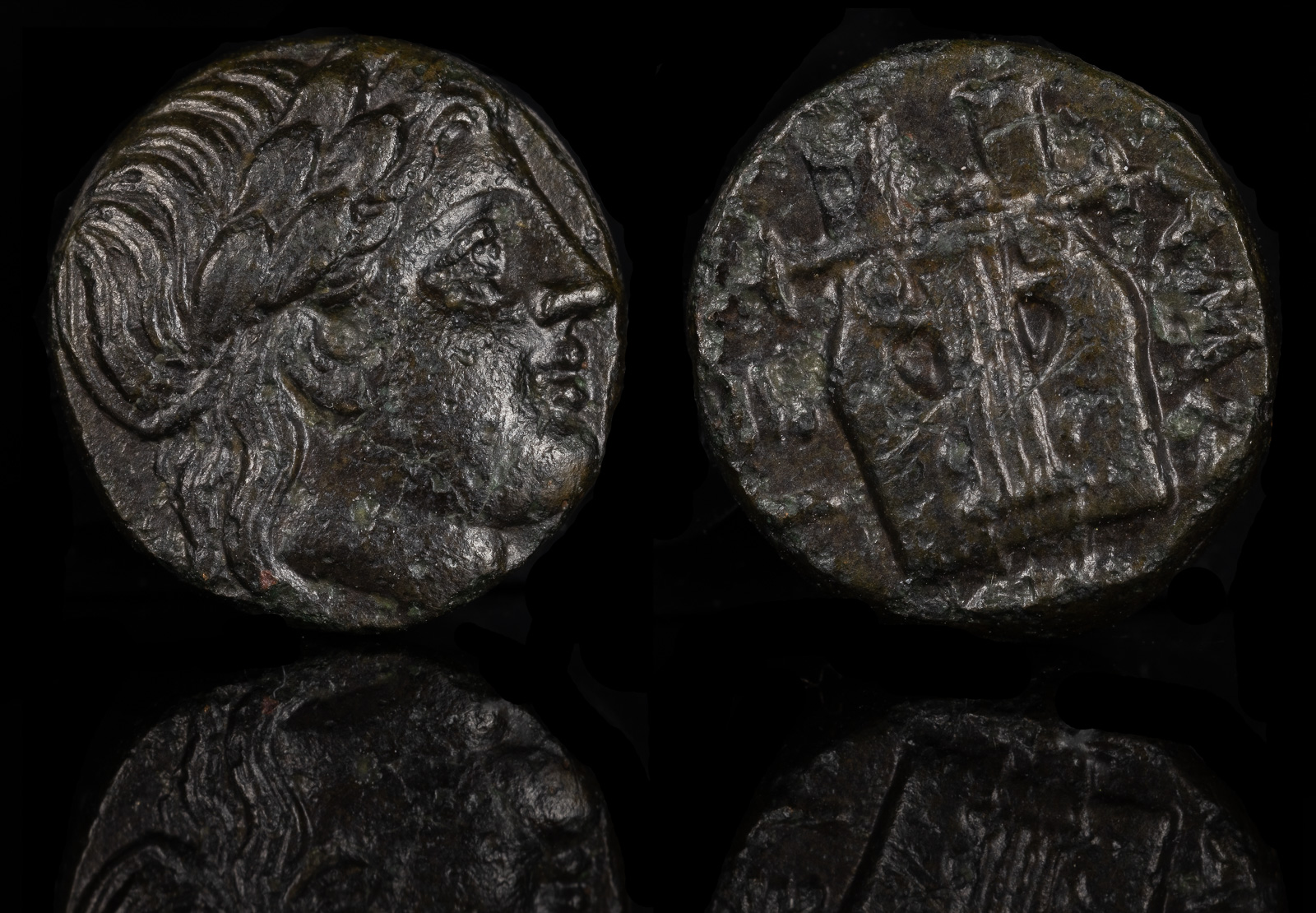Smintheos
View All Tags
Apollo Smintheos is most famously referenced in Homer’s Iliad. In the opening scenes, the priest Chryses prays to Apollo Smintheos to avenge him after being insulted by Agamemnon. The god responds by unleashing a plague upon the Greek camp, his arrows symbolizing disease and death. This episode highlights Apollo’s dual nature as both a bringer and a healer of plagues. The association with mice may stem from the observation of rodents as carriers of disease, making Apollo’s connection to their control significant for ancient communities.
In addition to being seen as a protector against pestilence, the Smintheos aspect of Apollo also underscores his broader role as a deity of purification and health. The Greeks often invoked Apollo to ward off or heal illnesses, viewing him as a mediator between humanity and the forces of nature. The imagery of Apollo Smintheos, sometimes depicted with a mouse at his feet, reinforces his ability to control small, yet potentially devastating, creatures and their impact on human lives.

Troas, Hamaxitos
10.61mm, 1.52g 4th Century BCE
Obverse: Laureate head of Apollo Smintheos right
Reverse: ΑΜΑ-ΞΙ, lyre
SNG Copenhagen 341